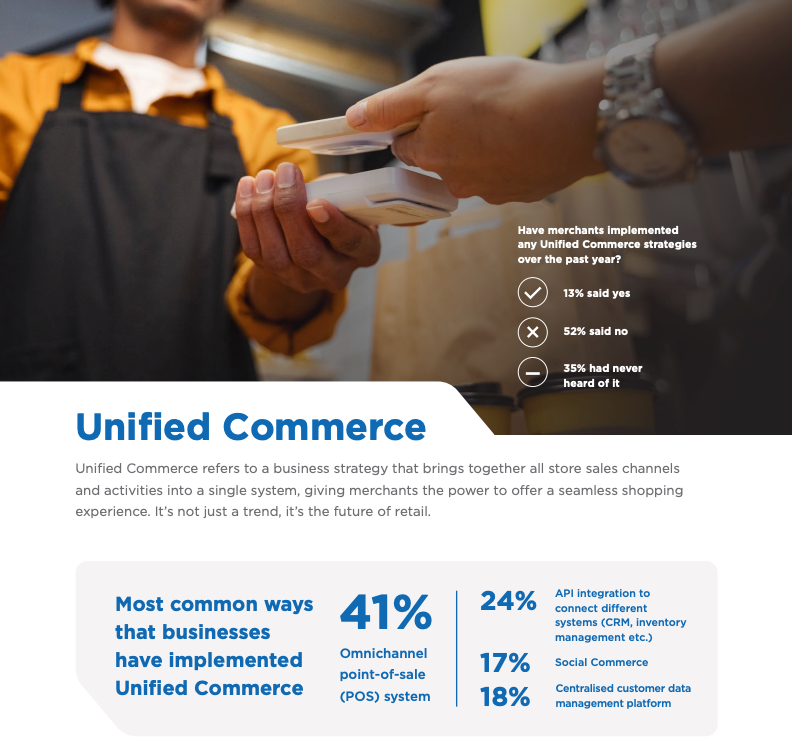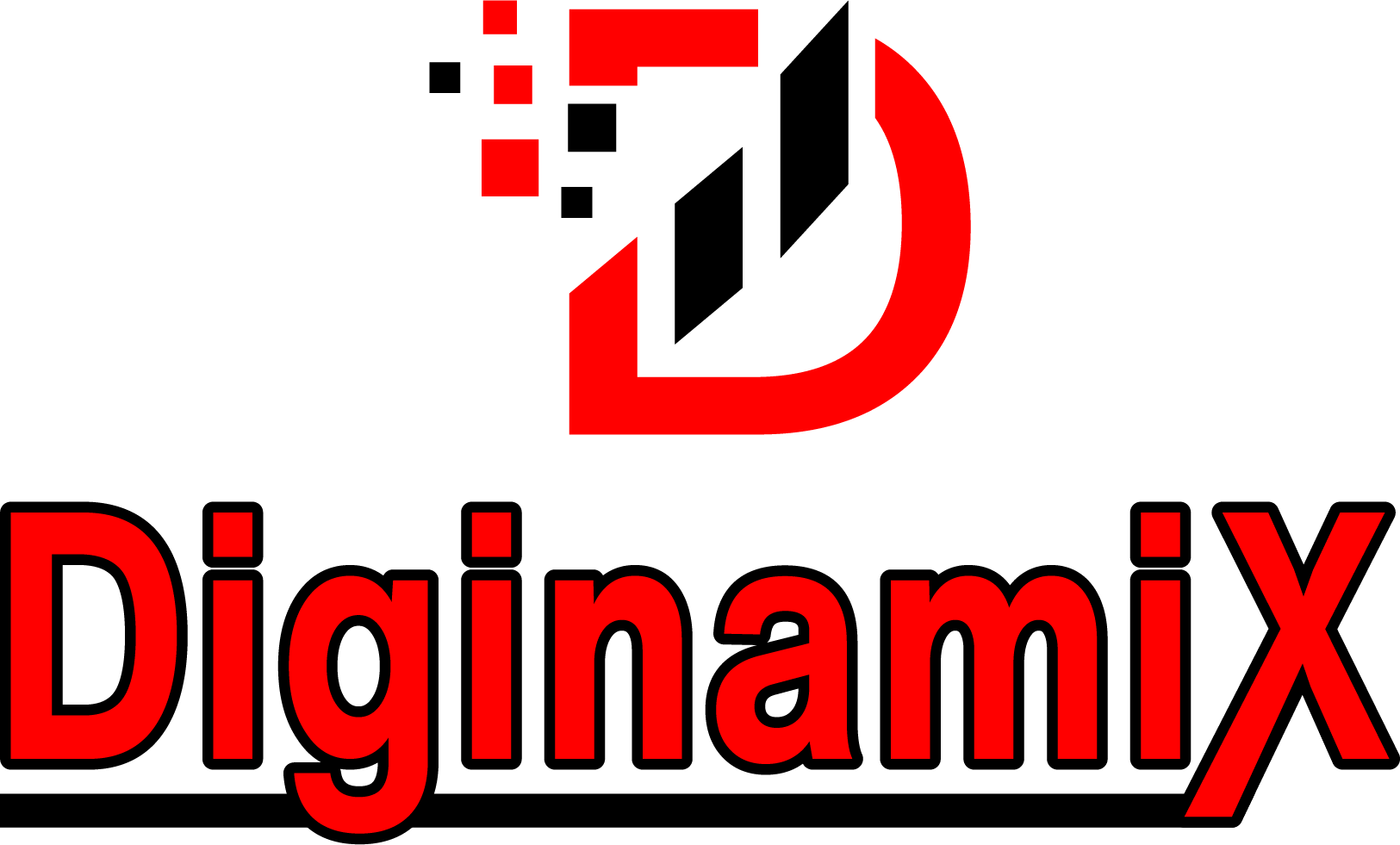The Future of Payments in South Africa: Key Trends for 2024
R400 Billion Ecommerce Market by 2025: Are You Ready for Unified Commerce?
South Africa's ecommerce market is projected to exceed R400 billion in value by 2025, with over a billion transactions expected annually. But here’s the kicker: for merchants, it’s no longer just about being online. The future lies in Unified Commerce—a strategy that ties together all sales channels to create a seamless shopping experience.
Whether you're a seasoned merchant or just starting, the 2024 "State of Pay" report from Payfast highlights why Unified Commerce is no longer optional. Let’s dive into the trends and figures shaping the payments landscape in Mzansi.

Unified Commerce: 42% of Merchants Are Already Ahead
Did you know? Forty-two percent of South African merchants are using centralised payment platforms, reaping the benefits of Unified Commerce. But the report also reveals a missed opportunity: 35% of merchants have never even heard of the concept.
Unified Commerce is more than a buzzword. It’s about blending online and offline channels, enabling businesses to offer customers frictionless experiences across touchpoints. Here’s why it matters:
Why Unified Commerce Works (Stats That Matter):
- 41% of merchants who adopted Unified Commerce saw higher customer spend.
- 60% of businesses operate both physical and online stores—perfectly positioned for cross-channel strategies.
- Reduced operational headaches: Say goodbye to juggling multiple systems.
Ecommerce Growth in South Africa: 50% of Merchants Report Increased Online Sales
South Africa’s ecommerce boom is undeniable. Half of merchants reported increased online sales in 2024, up from 38% in 2023. The reasons? A surge in trust and the convenience of digital shopping.
But it’s not all smooth sailing. Small businesses are navigating challenges like marketplace fees and competition, while international giants continue to shake up the landscape.
Key Stats on Consumer Preferences:
- 59% of shoppers prefer to browse and purchase online.
- Top payment methods: 57% use debit or credit cards, followed by instant EFT (20%).
- Customer trust matters: 39% of consumers base their decisions on positive reviews.

Marketplaces: 71% of Merchants See Opportunities Despite Challenges
Marketplaces like Takealot and Makro Marketplace are reshaping ecommerce in South Africa, and the numbers prove it: 71% of merchants view these platforms as an opportunity to reach more customers, drive innovation, and grow their businesses. But with opportunities come challenges.
Marketplace Benefits:
- 65% of merchants said marketplaces help them reach a broader audience.
- Lower barriers to entry allow small businesses to go digital faster.
Marketplace Drawbacks:
- 38% face increased competition, particularly with international marketplaces offering cheaper products.
- 34% struggle with marketplace fees and platform requirements.
Diversification: 50%+ of Merchants Operate Online and In-Store
Unified Commerce isn’t just about tech—it’s about understanding that today’s customer journey is rarely linear. According to the report:
- 60% of merchants operate both online and physical stores.
- 41% of consumers browse and purchase online, while 18% prefer to browse online and buy in-store.
This is why having both a digital and a physical presence is critical. Diversification also helps businesses weather market fluctuations, reach different customer segments, and adapt to seasonal trends.
Most Common Diversification Tactics in 2024:
- 18% of merchants launched new online stores.
- 12% invested in physical outlets to complement their digital strategies.
- Others focused on offering more payment options, with mobile wallets and QR codes gaining ground.
QR Code Payments Surge: 48% Increase in SnapScan Transactions
If there’s one payment method to watch, it’s QR codes. SnapScan saw a 48% increase in transactions, while Zapper grew by 27%. This growth reflects how South Africans are embracing tech-savvy ways to pay, especially for smaller, everyday purchases.
Other Payment Trends to Note:
- Apple Pay and Samsung Pay: Despite launching in 2023, these mobile wallets are quickly gaining traction.
- Multi-Currency Pricing Solutions: Merchants offering this saw a significant rise in cross-border transactions, with the top currencies being USD, EUR, and GBP.
Consumer Preferences: Trust is Key, and Positive Reviews Seal the Deal
When it comes to shopping online, South African consumers are clear about what matters most: trust. According to the report:
- 39% of consumers base their purchasing decisions on positive reviews.
- 20% prioritize trusted payment gateways as a top factor in their shopping experience.
Top Products Consumers Are Buying Online:
- Clothing and accessories (54%)
- Groceries (26%)
- Health and beauty products (14%)
The Human-Centric Approach: Lessons from KFC
In a world dominated by digital convenience, KFC reminds us that the human touch is irreplaceable. While self-service kiosks and app-based orders simplify processes, KFC ensures a friendly face is always available to enhance the customer experience.
Zaheer Hamza, KFC’s Chief Digital Officer, puts it perfectly: “Unified Commerce is changing the way we do business, but behind every data point is a real person.”
How Brands Can Balance Tech and Humanity:
- Automate where it makes sense: Use digital systems for speed and efficiency, like payment and inventory management.
- Always have a safety net: Ensure customers can reach a real person when needed.
- Stay connected to your brand DNA: A personal touch can set your business apart in a crowded market.
Scaling for the Future: R400 Billion Ecommerce Market by 2025
South Africa’s journey toward a cashless society is accelerating, and merchants who invest in Unified Commerce are set to benefit the most. The key takeaway? Stay agile. Diversify your sales channels. And most importantly, partner with the right payment providers to ensure a seamless, secure experience for your customers.
Conclusion: The Time for Unified Commerce is Now
Unified Commerce isn’t just a tech trend—it’s the foundation of tomorrow’s retail. From building trust with customers to creating frictionless shopping experiences, the businesses that adapt today will lead the pack tomorrow.
South Africa’s payments landscape is a sandbox for innovation, and the merchants who are bold enough to experiment will reap the rewards. The message from the “State of Pay 2024” report is clear: Unified Commerce is not optional—it’s essential.
Acknowledgment and Source
This article draws on insights from the "State of Pay 2024" report by Payfast, a comprehensive analysis of South Africa’s payments landscape. For the full report, visit Payfast's official report.



















